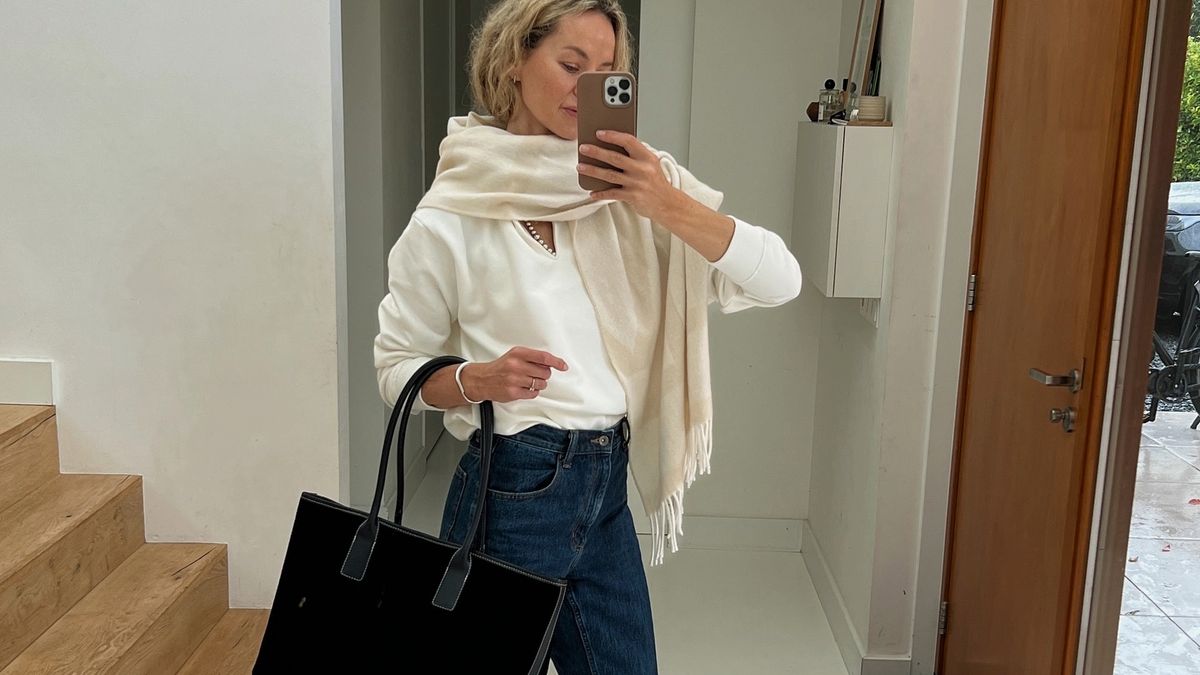Text messaging has been around in some form for more than 30 years. In fact, the technology powering many of today’s messaging systems is old and (frankly) outdated, and there’s a lot of history behind those adorable emojis and your ability to create group chats.
But what’s the difference between Short Messaging Services (SMS) and Multimedia Messaging Services (MMS)? And what about the newer Rich Communication Services (RCS)? More importantly, why should you care, and how does all this impact iPhone and Android users? Here’s a closer look at these unique messaging platforms and how they impact your ability to chat with friends and family.
The history of text messaging
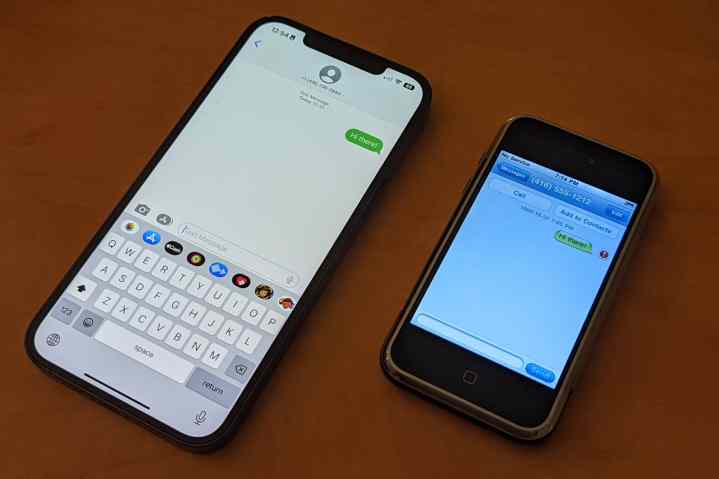
While the technology for SMS was originally developed in 1984, it didn’t enter the mainstream until the early nineties. According to BBC, the first SMS text message was “Merry Christmas,” sent in December 1992 as a test by Vodafone engineer Neil Papworth from his 2.1-kilogram Orbitel 901 to his boss, Richard Jarvis — who didn’t reply. By the following year, SMS was available on Nokia’s full lineup of GSM phones, and it launched commercially on most carriers in 1995. The rest, as they say, is history.
Even today, the biggest advantage SMS has over other messaging services is its reliability and ubiquity. It’s available on any phone today, from “dumb” feature phones and old-school flip phones to cutting-edge smartphones like Apple’s iPhone 15 Pro Max and Samsung’s Galaxy S23 Ultra. It also works on any carrier and across carriers, even without a data plan, as SMS messages travel over the same channels as voice calls. By contrast, even Apple’s popular iMessage won’t work without cellular data or a Wi-Fi connection; its Messages app will simply fall back to the dreaded green bubble SMS instead.
By 2002, carriers and phone manufacturers realized that the plain text-only SMS standard wouldn’t cut it in an age of emerging camera phones, and the Multimedia Messaging Service (MMS) was born, debuting with the release of the Sony-Ericsson T68i. This extension to SMS allowed users to send images, audio clips, and even up to 40 seconds of video — albeit in abysmally low resolutions by today’s standards.

With SMS/MMS available everywhere, it’s probably not surprising that it’s still among the most widely used messaging services out there. Since it’s built into every phone, you’re almost guaranteed to reach somebody by text message with nothing more than their phone number. You don’t even need to know what kind of device they’re using — just punch in their phone number, tap out a short message, and hit the send button.
That doesn’t mean that SMS/MMS aren’t frustrating technologies in their own way. “Easy” doesn’t always mean “good,” and while modern smartphones try to get around some of these limitations, there’s only so much they can do. For example, SMS messages are still limited to 160 characters per message; the only reason you may not notice this is that the built-in messaging apps on iOS and Android split and stitch these messages together as necessary to make them appear as a single message.
The popularity of more advanced messaging apps on today’s smartphones suggests that most folks are using something better for their most important conversations. In response to this growing need for a more sophisticated universal messaging standard, the GSM Association (GSMA), a trade body made up of cellular carriers around the world, came up with the next generation of SMS/MMS: a new technology known as Rich Communication Services (RCS).
What is RCS?
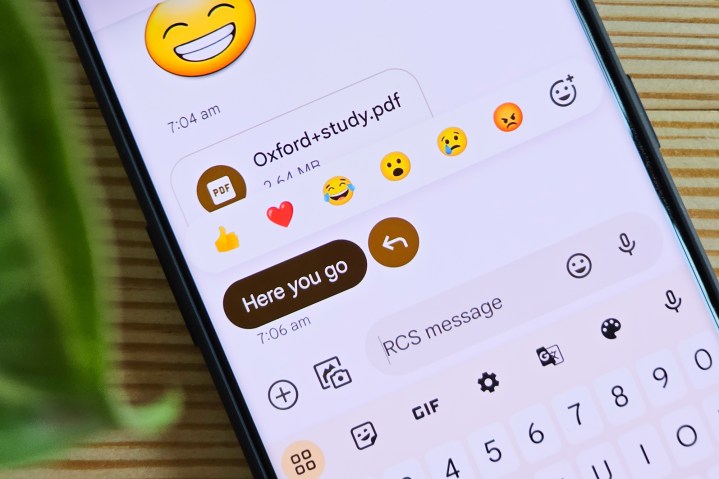
RCS isn’t really all that new. It’s actually been around longer than both iMessage and WhatsApp. The new standard was proposed to the GSMA in 2007, only five years after MMS debuted. It was clear the association knew that something had to be done to improve the aging messaging standard in preparation for the new smartphone generation. Sadly, with hundreds of carriers and device manufacturers at the table, it never gained any meaningful traction.
It wasn’t until Google decided to pick up the ball and run with it that carriers started to pay more attention. In 2015, Google acquired Jibe Mobile, and in early 2016 the company announced it would be leading the charge into an RCS future. Later that year, Google partnered with Sprint to bring RCS to that carrier’s network.
Not to be outdone by Google, the big three U.S. carriers — AT&T, T-Mobile, and Verizon — made RCS plans of their own in 2019. By that time, Sprint was in the process of being acquired by T-Mobile, making the Google-Sprint RCS arrangement less relevant. The plan, known as the Cross Carrier Messaging Initiative (CCMI) sought to create an RCS implementation that wouldn’t risk creating another iMessage-like service that would be created without their involvement — and their ability to get a piece of the pie.

However, that collaboration ultimately fell apart, leaving RCS largely in the hands of Google. That may have been a good thing in the end, as the CCMI had reportedly planned to create its own standalone RCS app that would have ended up being yet another third-party messaging app. By comparison, Google had already integrated RCS into its re-branded Google Messages app, like the SMS replacement that it’s intended to be.
Instead, carriers and manufacturers have gradually adopted Google Messages as the default messaging app on all their devices. Even Samsung, which has its own RCS-compatible Samsung Messages app, positions Google Messages as the default on its new smartphones. Although Samsung Messages is preinstalled as an alternative and can be switched to the default for those who prefer to use that instead, it still uses the exact same RCS standard found in Google Messages.
For its part, Google has added its own extension to RCS to support end-to-end encryption in Google Messages — something that’s currently not part of the RCS Universal Standard.
Will RCS replace SMS?
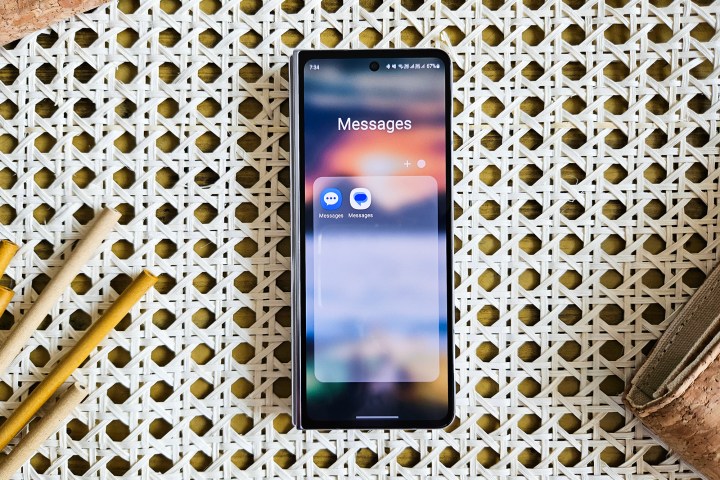
RCS is designed to replace SMS in the sense that it’s the next generation of the message protocol. However, we probably won’t see legacy SMS go away anytime soon.
For one thing, RCS requires a mobile data connection to do its thing in the same way as iMessage, WhatsApp, and other messaging services. SMS still runs over a voice-only cellular connection. It can and should remain as a fallback for those times when you have no Wi-Fi or cellular data available. The Google Messages app can already do this between RCS and SMS in the same way that Apple’s Messages app has been handling iMessage and SMS since its inception.
Perhaps more importantly, RCS will likely never come to feature phones. Even today, not everybody wants or needs a smartphone. There’s still a market for folks who want to flip open a phone and make a call, and some feature phones are significantly more durable than even the most rugged smartphones — making them much more suitable for folks who work in high-risk environments. SMS will still be needed to exchange text messages with these devices.
However, as RCS evolves and becomes a standard across all smartphones, we’ll likely find ourselves rarely exchanging old-school SMS messages.
What is ‘RCS Chat’?

You may have heard the term “Chat” bandied about during Google’s early adoption of RCS. This was originally a branding that the company had given to its specific implementation of RCS. However, it’s moved away from that in recent years as Google’s flavor of RCS has become the only RCS that most people are familiar with.
These days, RCS is most commonly used specifically for Google’s version of the technology rather than the RCS Universal Standard. While the two are compatible, Google has added some extras that aren’t part of the open standard, most notably end-to-end message encryption. Google can do this as RCS in Google Messages operates using Google’s Jibe platform. This is similar in concept to Apple’s iMessage, except that Google has made Jibe open to and available to the carriers to help them quickly adopt RCS on their networks.
However, as others embrace RCS, the distinction will become more important. For instance, a Google Messages user won’t get end-to-end encryption when exchanging RCS messages with someone using a non-Google RCS messaging app — including Samsung Messages — unless that app has specifically adopted Google’s unique extensions to the RCS protocol.
Fortunately, the RCS Universal Standard supports most other modern messaging capabilities that are available to all devices using RCS, including support for much longer messages, high-resolution photos and videos, read receipts, typing indicators, group chats, stickers, reactions, and more.
Who supports RCS?
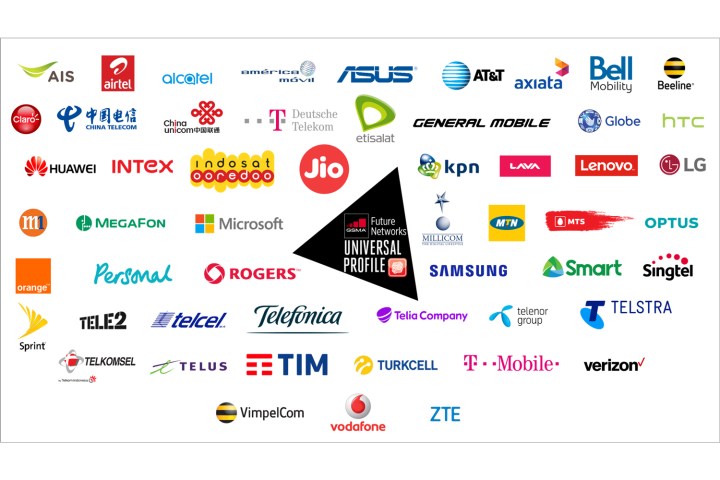
RCS is a carrier-side service, which means it still requires support from your carrier. While the RCS branding is gradually catching on, some carriers still use other terms like Advanced Messaging Services, Joyn, and SMS Plus (SMS+). These are largely just different names for RCS, and as of this writing, there are about 55 carriers worldwide that offer RCS support, including all the major North American ones.
Nevertheless, some carriers have adopted their own unique flavors of RCS that only work with their own messaging apps. Others, like Verizon, also initially partnered with Samsung to support Advanced Messaging Services, specifically in Samsung Messages, before Samsung decided to embrace Google’s more open RCS solution. Fragmentation remains a slight problem, but most carriers have adopted the RCS Universal Standard as a baseline, so it’s mostly about missing “bonus” features like end-to-end encryption. Some carriers, such as Canada’s Bell Mobility, have also announced that they’re dropping support for RCS in Samsung Messages and advising customers to move to Google Messages to continue using RCS.
Does the iPhone have RCS?
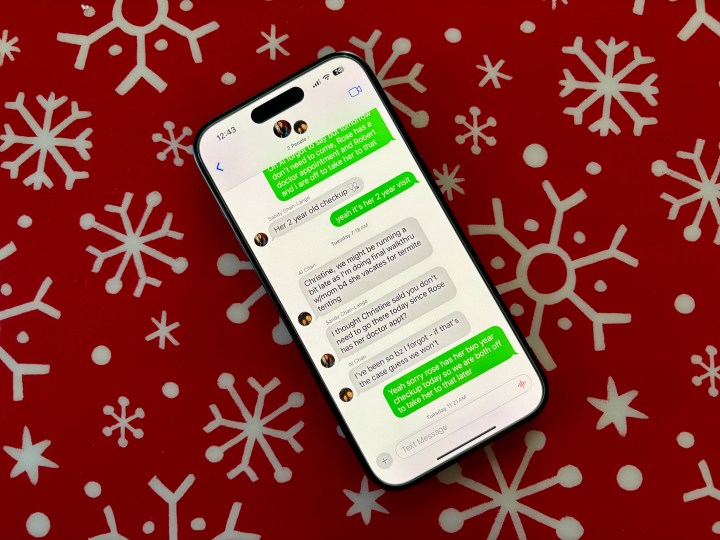
This will most likely arrive as part of the company’s next iOS 18 update; however, don’t expect it to replace iMessage. In fact, Apple has already confirmed that RCS messages will still be sent with the same green bubbles as SMS/MMS messages, although we hope Apple at least chooses to use a different shade of green to help folks distinguish between the two.
Unsurprisingly, Apple will only support the baseline RCS Universal Standard, which means no end-to-end encryption (E2EE) since that’s a proprietary Google extension to RCS. When and if the GSMA adopts E2EE, Apple will undoubtedly be on board with it, but for now, RCS messages sent between Android and iPhone users will be exchanged in the clear.
How do I use RCS?
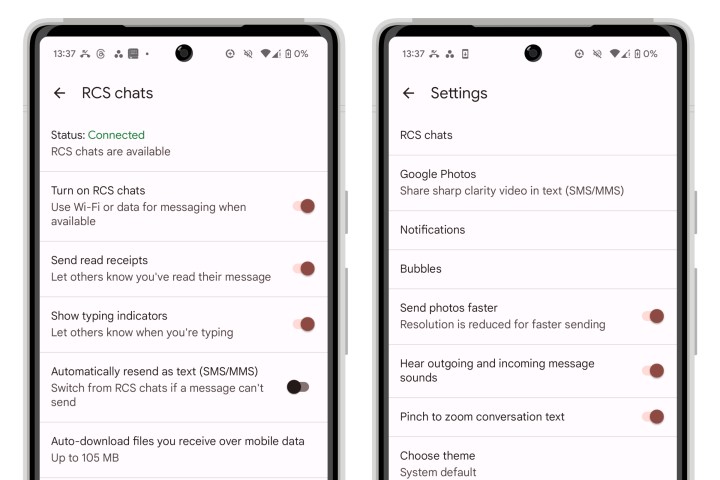
The best part about RCS is that you don’t have to download any special apps or jump through hoops to use it. For the most part, it just works as long as both parties’ phones and carriers support RCS.
If you’re using Google Messages and your carrier supports RCS, it should be automatically enabled as soon as you activate your phone. In some cases, you may be prompted to toggle it on the first time you open Google Messages. You can also find more settings for RCS by opening the Messages app, selecting your profile photo in the top-right corner, and choosing Messages Settings > RCS chats.
As long as RCS is enabled, using it is as easy as sending a text message. If the person on the other end has RCS support, your message will automatically be sent using RCS; otherwise, it will fall back to SMS. Once an RCS conversation is underway, your bubbles will be a darker blue than normal SMS/MMS messages, and you’ll see read receipts and typing indicators as you would in most third-party messaging apps.
The future of RCS is bright
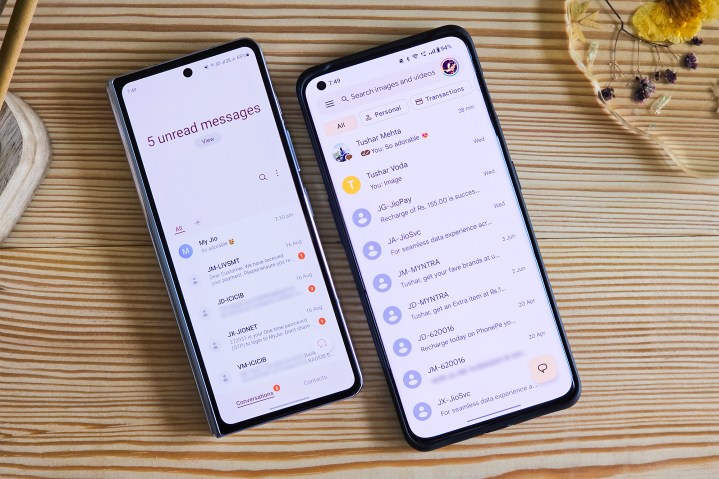
While RCS had a rocky start until Google decided to take the reins, the company’s success in setting up the RCS infrastructure for carriers and pushing Google Messages as the standard app across Android devices has gone a long way to making it a huge step forward into a more connected world. Now that Apple is on board, the last impediment to making it a proper universal communication standard rather than an Android-only platform has been removed.
To be clear, RCS will likely never be a total replacement for third-party messaging apps like WhatsApp since it’s driven entirely by mobile carriers and, therefore, is only available for smartphones with phone numbers. At most, other devices like tablets and laptops may be able to bridge communications through a smartphone, much like Apple’s Messages app does with SMS/MMS now, but it’s still a cellular communications technology at its roots. However, third-party apps still suffer from being silos that limit communications to only those groups who are willing to use those apps. By comparison, RCS is on its way to being nearly as ubiquitous as SMS, allowing you to use it to communicate with anybody who has a smartphone with nothing more than their phone number.
Editors’ Recommendations



